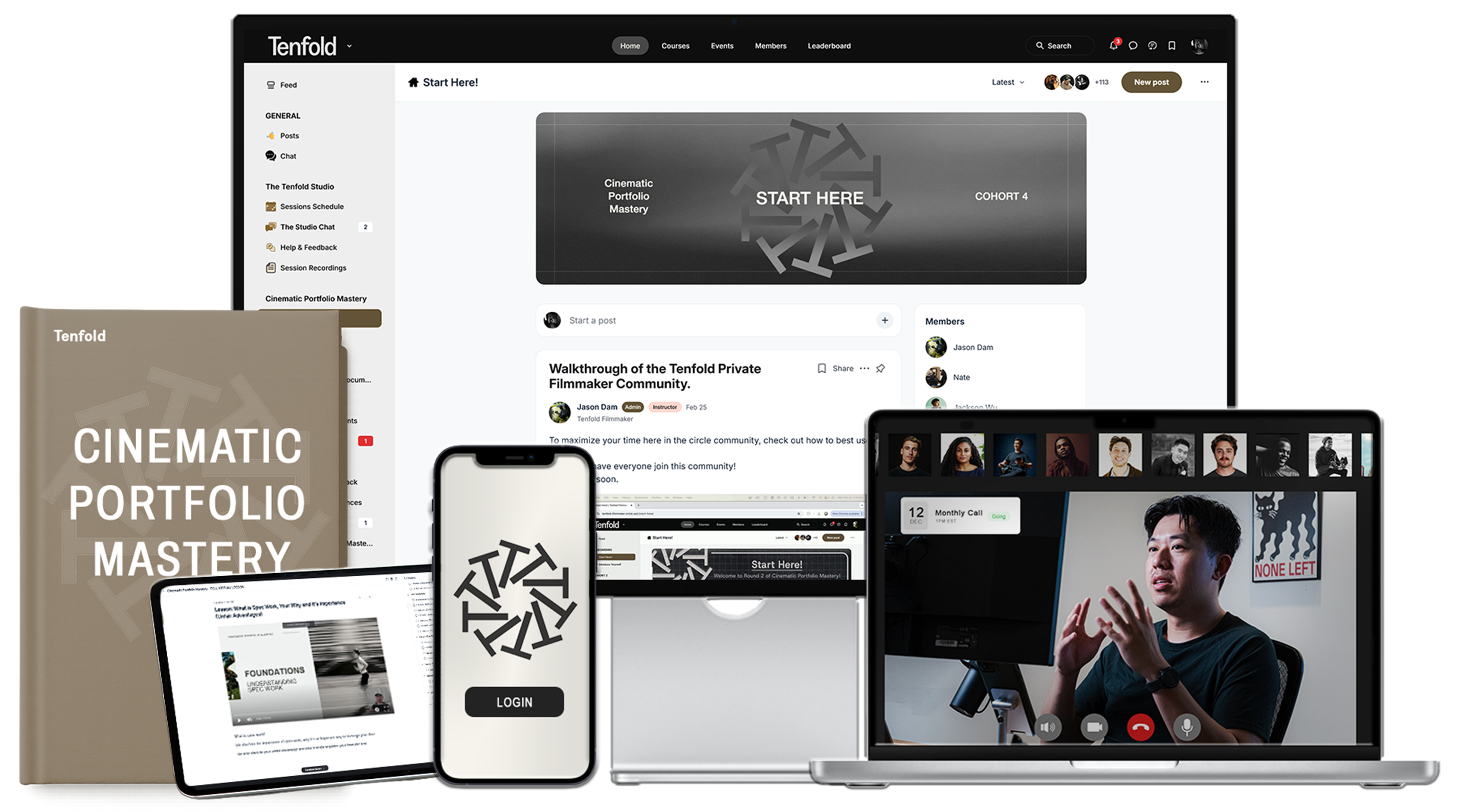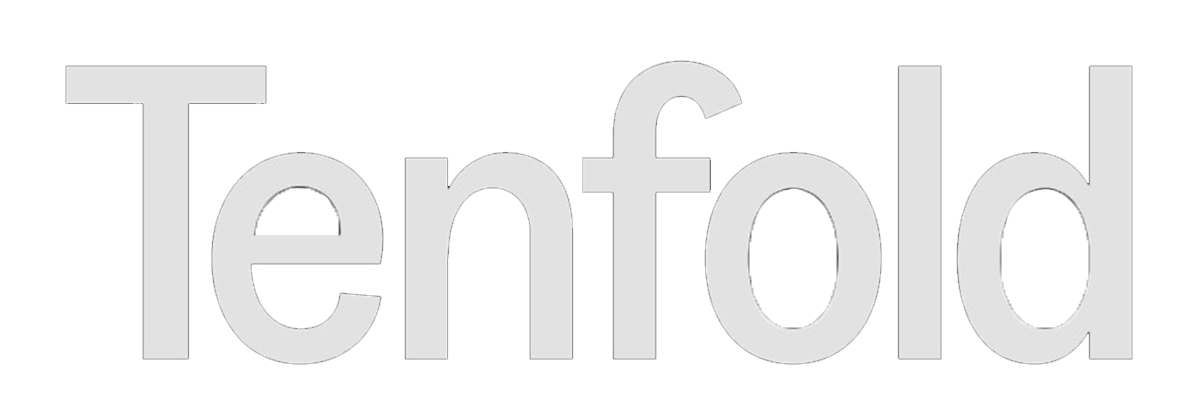AVERAGE FIRST CLIENT PROJECT: $4,500+ PROVEN SYSTEM FOR COMMERCIAL WORK
Tired of Being 'The Cheap Option'?
The Proof-First System That Repositions You To Branded Campaign Work
The strategic spec framework 100+ filmmakers use to go from low-budget grind to landing North Face, Crocs, and Lululemon. Average first project: $4,500+. Learn once, use forever.
Self-paced system · Monthly live calls · Community support
BRANDS LANDED THROUGH THIS SYSTEM






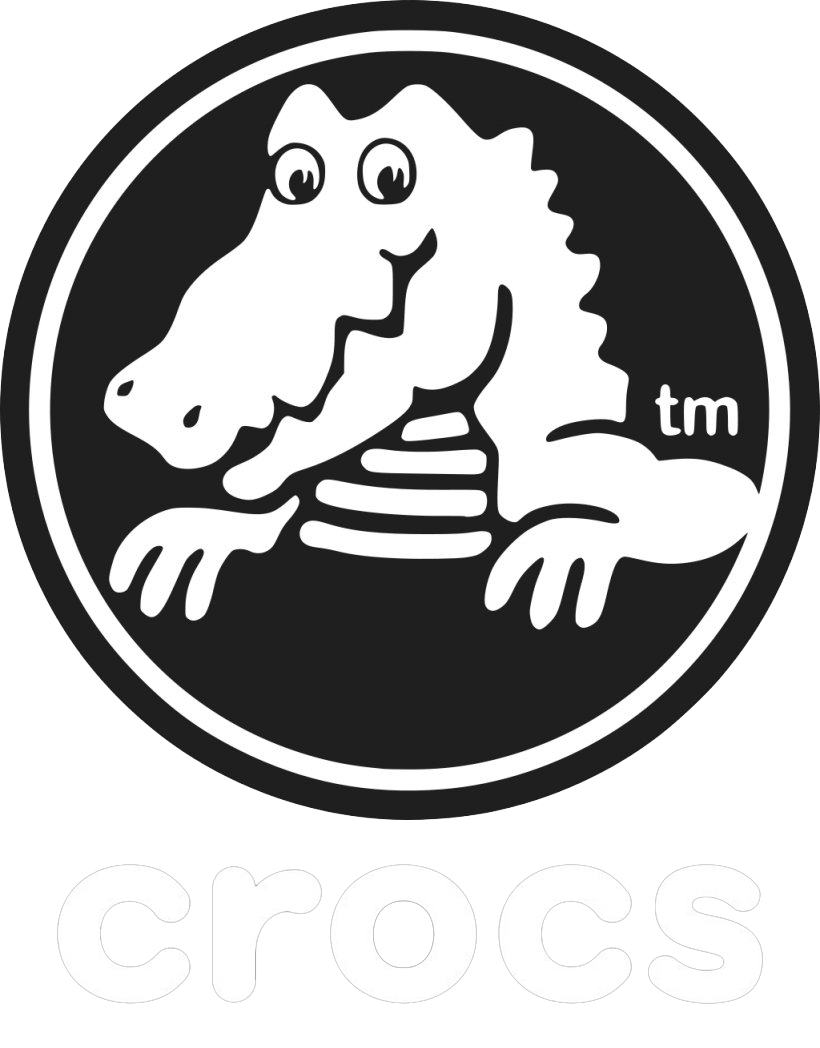







You're stuck taking gigs that don't move your career forward
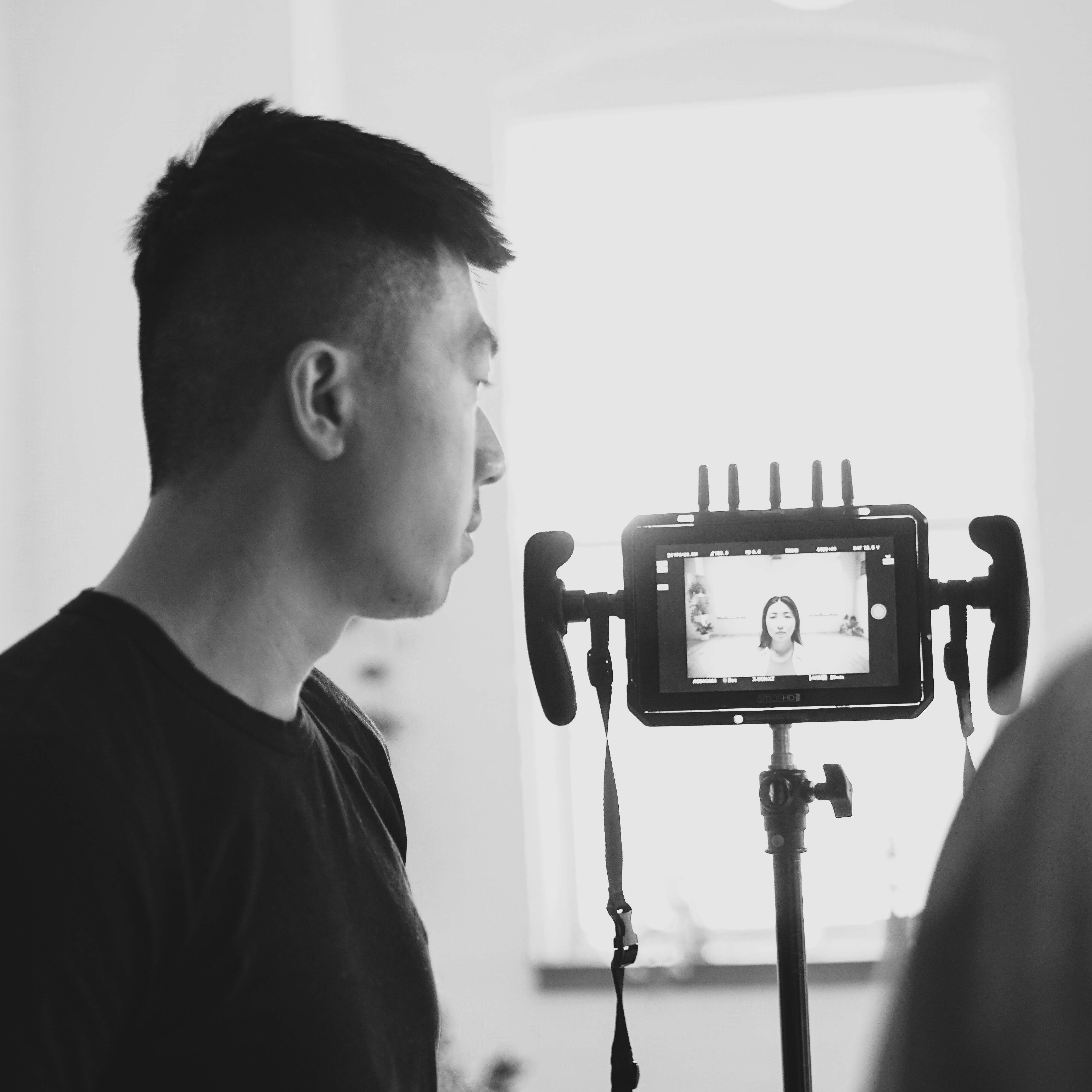
- You're talented, but trapped doing the same low-budget work while bigger opportunities pass you by.
- ⓧ You don't need higher production value. You need strategic proof that fits what brands buy.
- ⓧ Your price isn't too high. You're missing the portfolio that justifies it.
- ⓧ Taking more gigs won't fix it. You'll stay stuck doing the same low-budget work.
- You need one strategic spec that proves you can do the work brands hire for, and a system to get it seen by the right people.
THEY WERE STUCK AT $3K-$5K TOO

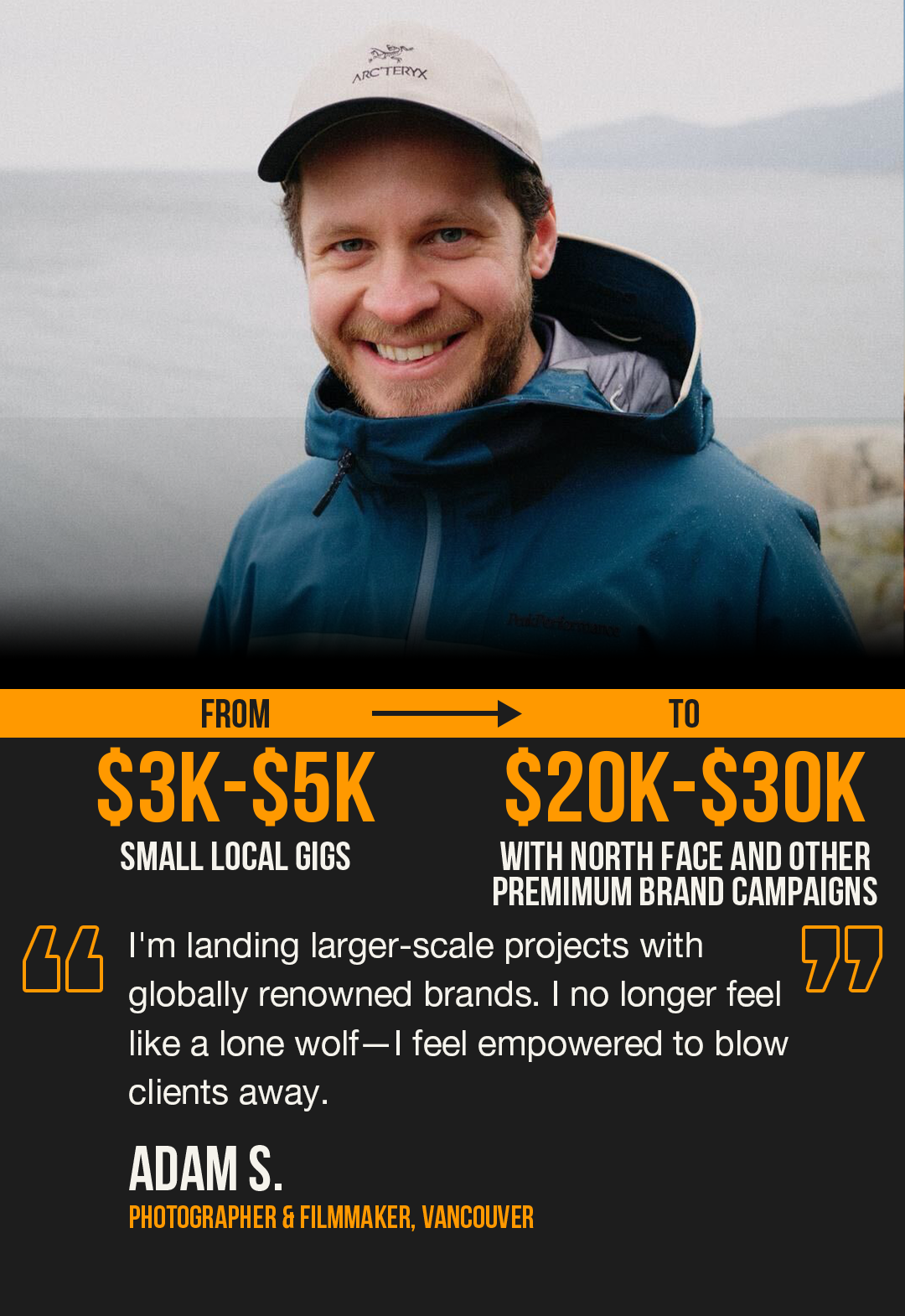

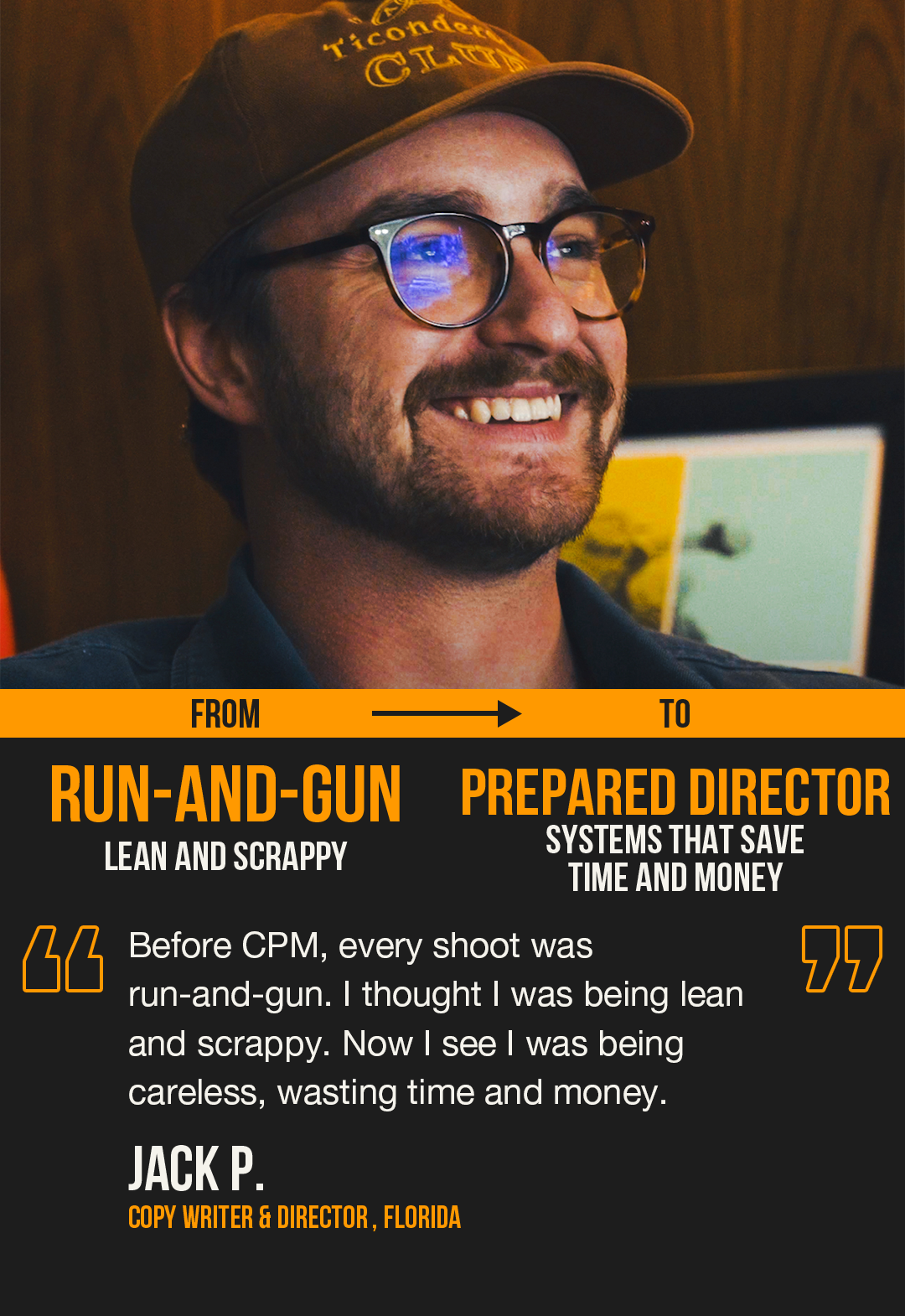
One strategic spec can completely change your career – it changed mine.
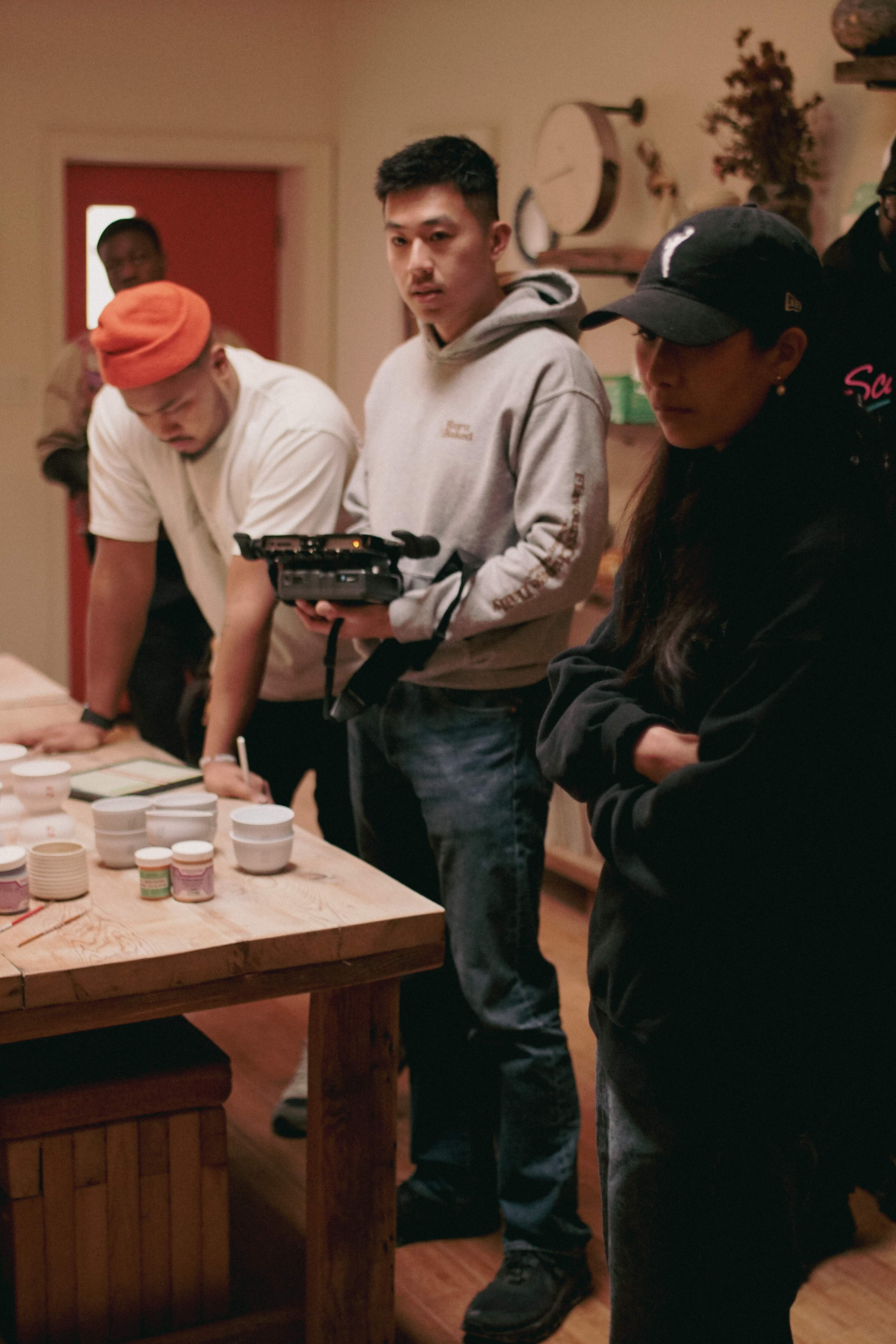
If we haven't met before – hi, my name's Jason 👋
I started making videos in 2019, after working briefly at a men’s clothing store in a mall.
I started off with 0 clients, 0 portfolio, and $0 in revenue.
I knew absolutely nothing about directing, storytelling, or how to get brand work.
But I shot my first video on my phone, got hooked, bought my first camera, and figured out the basics.
For the next 18 months, I was stuck shooting work I hated. $300 barbershop videos. Workout recaps. Random corporate gigs. I couldn’t break past $2K projects no matter how hard I tried.
In 2021, I partnered with Justin and we started creating spec work.
Our first specs weren’t great. But we kept going – investing over $50,000 and three years refining what worked.
Eventually, a brand saw one of our specs and reached out. Our budgets immediately jumped from $5K to $25K projects.
One year later, we sold our first $100K project and started getting noticed by the brands we’d always wanted to work with.
Now, I’ve been building spec work for 4 years. Each spec gets better. Each one shapes the direction of our careers.
We land campaigns we never thought possible.
I run Tenfold Production, consistently book $100K+ campaigns, and have taught this system to over 100 directors. The CPM alumni community includes directors who’ve broken past their own $2K ceilings and are now booking $10K, $20K, $35K+ campaigns within months of their first spec.
I finally get to shoot work I’m actually proud of – projects that challenge me, brands I respect, and a team that’s excited to show up on set.
That’s the difference between being stuck doing work you hate and building a career doing work that matters.
The Simple Truth About Breaking Your Ceiling

Over the last 4 years, Tenfold and I have invested over $50,000 creating spec work. We've tested different formats, worked with different brands, and refined what actually gets buyers to respond.
We've spent thousands of hours figuring out what separates directors stuck at $2K projects from directors booking $25K+ campaigns.
And while we've learned a hell of a lot (more on that in a second), the biggest thing we've learned is this:
There's no secret method to landing better brand work.
It's just a matter of:
1. Picking one lane – a format buyers already pay for
2. Reverse engineering proven work – studying what actually gets made
3. Creating one spec that fits – proof you can do the work
4. Showing it to the right buyers – brands and companies in that lane
That’s it. Follow this system and your career changes fast. You shoot work you’re proud of. You work with brands you respect. Buyers see your spec and want to hire you. You break past your ceiling and book projects that actually pay what your work is worth.
It sounds simple in theory.
But the execution is where most directors get stuck.
So How Do You
Create Specs
Without Burning
Time and Money?
Most directors don't have a system.
They spend 6 months on one project. Change the concept three times. Burn $5K on a shoot that doesn't fit any buyer. Then abandon it and start over.
Without a system, every spec is a guess. You waste months on projects that never get finished.
A system is how you go from one abandoned spec in a year to three finished specs in four months.
When Justin and I figured this out, we went from spending $8K on specs we never finished to spending $2K on specs that landed $25K projects.
Here's what a real system gives you:
• You know what format to reverse engineer, instead of endless Vimeo research
• You know what's achievable with your access, so you stop overreaching
• You plan shoots that don't require huge crews or budgets.You finish projects in weeks, not months
• You show work that fits buyers, so they respond
And no, this won't kill your creativity.
Without a system, you're paralyzed. Stuck choosing what to shoot. Second-guessing every decision.
With a system, you know exactly what format fits your access. All your creative energy goes into making it great.
One of our students spent a year trying to finish one spec. After learning the system, he finished three in four months. The second one booked his first $15K project.
That's the difference a system makes.
Every month without a system is another month watching other directors book the work you want while you're stuck burning money on specs that don't fit.
Instead of 6 months and $8K on a spec you abandon, you spend 6 weeks and just resources you have on hand on a spec that books real work. Instead of staying stuck at $2K projects, you break through to $15K, $25K, $50K campaigns.
CPM is that system.
Introducing
Introducing
Introducing
Introducing
Introducing
Introducing
Introducing
Introducing
Introducing
Introducing
Introducing
Introducing
CINEMATIC portfolio Mastery
One proven system. One self-paced course.
HERE'S WHAT YOU'LL MASTER IN CPM:
You'll define your North Star, the type of filmmaker you want to become and the lane you want to own, so every spec you create builds toward the career you actually want instead of random portfolio pieces that don't add up to anything.
You'll learn the REPS System (Reach, Experience, Passion, Skills), a step-by-step framework for mapping what access you actually have, so you're not chasing specs you can't finish or building a random portfolio that doesn't lead to paid work.
You'll develop The Director's Eye – a trained ability to evaluate what makes a spec actually executable – so you're not saving high-budget Nike work when you need something achievable now.
You'll organize every reference into Starter Formats, Stretch Goals, and Aspirational using our 3-Tier Ladder, so you always have 5-10 achievable pillar candidates ready to execute instead of impossible references that stall you.
You'll learn our Feasibility Filter, a system for assessing what's achievable vs. aspirational based on your actual access, so you're not attempting impossible shots that kill your timeline and confidence.
You'll know when your spec hits "Good" – finished, on brand, ready to sell. That's the target. Most people chase "Great" and never ship. Good gets you paid.
You'll build a strategic release plan that gets your spec in front of decision-makers where they actually look, and a repeatable pipeline for turning one finished spec into ongoing conversations, so you're not just posting to Instagram hoping someone notices.
LANDED ADAM A NORTH FACE CAMPAIGN,
PHIL FROM $1,500 TO $7,500 PROJECTS,
AND CASEY FROM $9K TO $35K BRAND CAMPAIGNS.
Student specs made using the cpm method
FROM STRUGGLING TO BREAK INTO COMMERCIALS TO $35K PROJECTS
Casey was a Toronto filmmaker who couldn't crack the commercial space. After joining CPM, he used the pre-production systems to turn his confusion into clarity, creating a Jeep spec that opened doors he thought were locked forever.
With help from CPM's commercial framework, he broke down every step from director's treatment to final delivery. That Jeep spec became his calling card, leading directly to a Canadian Army commercial. One portfolio piece changed everything, and his rates jumped from $9K to $35K projects. He's since become a sought-after director, even directing for other production companies. From thinking commercial work was out of reach to landing dream brands, Casey took control.
$35K
PROJECT VALUE SINCE JOINING CPM
3X RATES
INCREASED FROM $9K BASELINE
"Commercial work seemed so out of reach. I didn't understand the systems. Since CPM, I've landed Jeep and Canadian Army projects, even directing for other production companies. Made my money back tenfold. It's been the best decision I've ever made."

CASEY
@caseyrogan
Director, Founder of
Frontline Creative, Toronto
FROM SELLING HIMSELF SHORT TO DIRECTING AWARD-WINNING PROJECTS WITH CONFIDENCE
Jack was a senior copywriter and documentary director trading passion for frustration. After joining CPM, he transformed his run-and-gun approach into systematic pre-production that saves time, money, and delivers consistent results.
With help from CPM's pre-production framework, he connected with local filmmakers and expanded his network beyond what he thought possible. The community introduced him to two talented directors in his own backyard, tripling his resources overnight. That same systematic approach now drives consistent commercial and documentary work. He's gone from best guesses to guaranteed roadmaps. From selling himself short to becoming the prepared, organized, and hireable director he was meant to be, Jack took control.
NETWORK 3X
EXPANDED THROUGH CPM COMMUNITY
100% PREPARED
TRANSFORMED FROM RUN-AND-GUN CHAOS
"Before CPM, every shoot was run-and-gun. I thought I was being lean and scrappy. Now I see I was being careless, wasting time and money. The pre-production lessons transformed how I approach any project. CPM removed luck from the equation entirely."
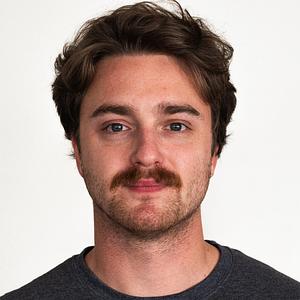
JACK
jackpolly.com
Director, Writer,
Florida
FROM STRUGGLING FILMMAKER TO LANDING jobs WITH CONFIDENCE.
Bryan was a UK filmmaker who knew where he wanted to go but not how to get there. After joining CPM, he transformed from chaotic productions into a systematic director commanding premium rates. His first 10K project came during CPM itself, opening doors he thought were locked forever.
With help from CPM's pre-production framework, he now confidently manages complex commercial shoots with major brands, celebrity talent, and full crews. The systems were game-changing. From treatments to shot lists to client management. What used to feel overwhelming became second nature. He's gone from scrambling for small gigs to landing multiple five-figure projects, including campaigns with global brands. From lost in direction to building a sustainable commercial career, Bryan took control.
$10K-$20K
PROJECT VALUES ACHIEVED
5-FIGURE WINS
IN FIRST MONTHS DURING AND AFTER CPM
"I can comfortably say that had I not done CPM, I would not have executed as well as I did. The timing was crazy—if that fell on my lap without having gone through CPM... it would have been haywire. The product would not be as good as it is now."

BRYAN
@d3niromambo
Director, Mirage Studios,
UK
Okay, I get it, but what's
actually in the course?
Great question.
Most filmmakers are stuck at $500-$2,500 projects. They're capable, but they can't break past low-budget work. The difference isn't skill. It's proof. And proof comes from having a finished spec that fits a real brand and looks indistinguishable from paid work.
Here's what the CPM curriculum looks like:
Most filmmakers chase projects they can't finish. They don't have the locations, the people, or the resources to pull it off. Then they abandon the project and start over.In this module, you'll map everything you actually have access to right now using our REPS framework.
By the end, you'll have your top 3 access points identified, specific people and places you can actually reach, so every project you start is one you can finish.
Most filmmakers invent ideas in their head, start shooting, then realize the story doesn't work. They change direction mid-project and never finish.In this module, you'll learn how to discover stories through real conversations instead of guessing.
By the end, you'll have confirmed access (someone said yes) and a 1-2 sentence brief that becomes your compass for the entire project.
Most filmmakers pick references they can't execute. They fall in love with high-budget work, try to replicate it, and quit when reality hits.In this module, you'll find one pillar reference that matches your brief AND your access.
By the end, you'll have a locked structure that tells you exactly how to build your spec, with no guessing and no overreaching.
Most filmmakers show up to shoots hoping something interesting happens. Then they sit in the edit with footage that doesn't connect.In this module, you'll map your story to your pillar's structure.
By the end, you'll have a clear story arc, your 3-5 key moments identified, and a prioritized shot list so you know exactly what to capture.
Most filmmakers discover story problems on shoot day when time and money are burning. Or worse, in the edit when it's too late.In this module, you'll test your entire project before you shoot it properly.
By the end, you'll have a rough edit assembled from test footage, so you know exactly what your spec will look like before you spend a dollar on production.
Most filmmakers run over schedule, forget critical shots, and get stuck in post for months tweaking endlessly.In this module, you'll execute production and post using your Pre-Viz as the guide.
By the end, you'll have a finished spec that hits our "Good" standard: ready to book work, not stuck in perfectionism.
Most filmmakers post their spec on Instagram, get a few likes from friends, and wonder why nothing happens.In this module, you'll launch strategically and run targeted outreach.
By the end, you'll have your spec in front of decision-makers, conversations started, and Spec #2 in motion.
You'll join our private community of 100+ alumni filmmakers creating specs right now. Ask questions, get feedback, and join monthly Q&A calls with Jason for direct guidance on your projects.
Beyond the core curriculum, you'll get access to bonus training that takes you deeper into the business side of filmmaking.
Rates Negotiation Masterclass: Move from $2K projects to $5K-$10K+ without losing clients.
Growth Marketing 101: Turn your first few bookings into a consistent pipeline.
Career Direction Roadmap: Map your path from freelancer to production company owner, director or cinematographer.
Advanced Post Production 201: Work with colorists, editors, and sound designers professionally.
Over 100 directors, videographers, production company owners, and cinematographers have used CPM to break past their $2K ceilings. Some within months of their first finished spec.
Your spec. Your system. Your breakthrough.
What You Get Inside
Cinematic Portfolio Mastery
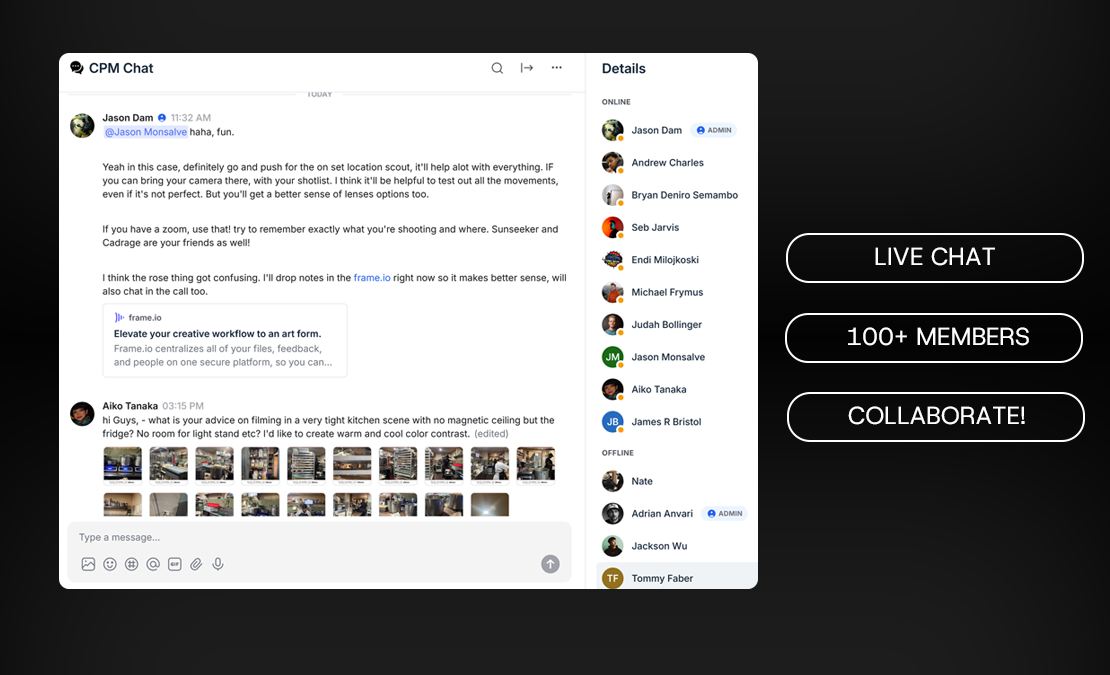
PRIVATE FEEDBACK COMMUNITY
Connect with 100+ CPM alumni. Get feedback on your work. Ask questions to the Tenfold team anytime.
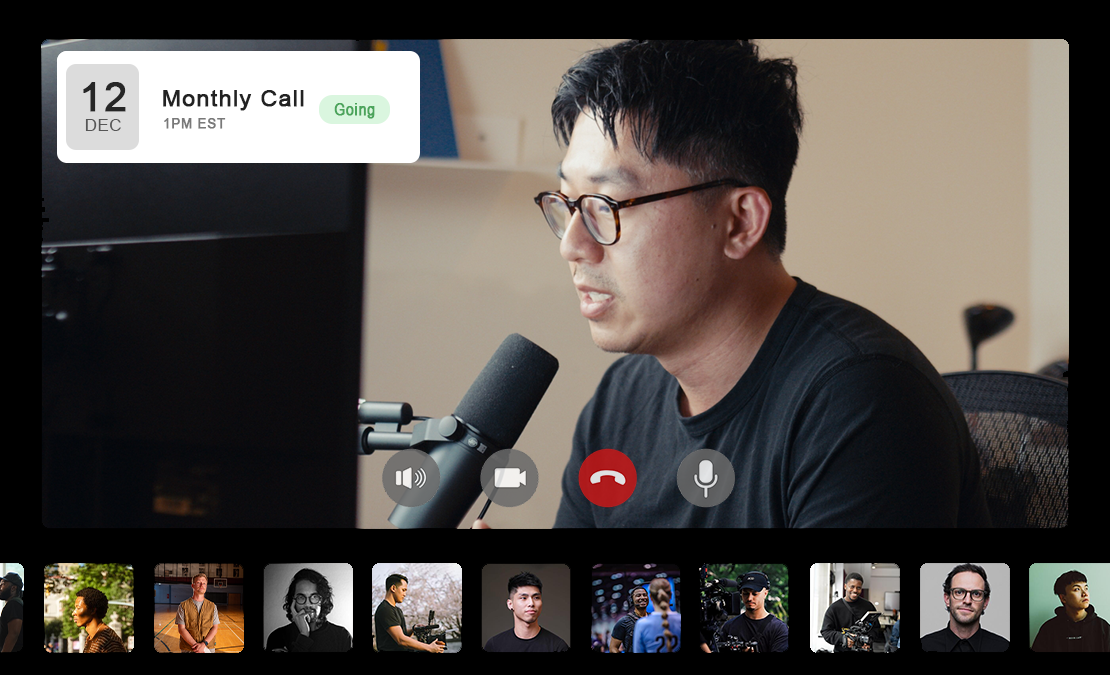
monthly live calls
Monthly live Q&A with Jason. Get unstuck, stay on track, and keep shipping specs. All sessions recorded.
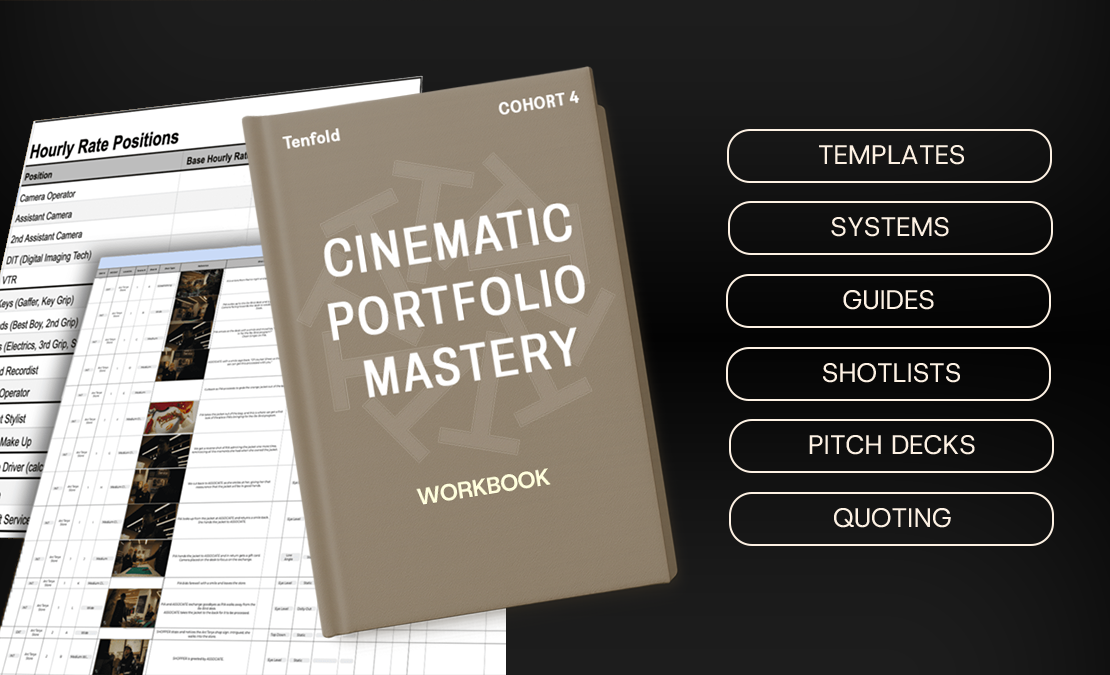
SPEC-TO-SALES TOOLKIT
Every template from the program. Shot lists, outreach emails, pricing calculators. The exact tools that turn one spec into consistent bookings.
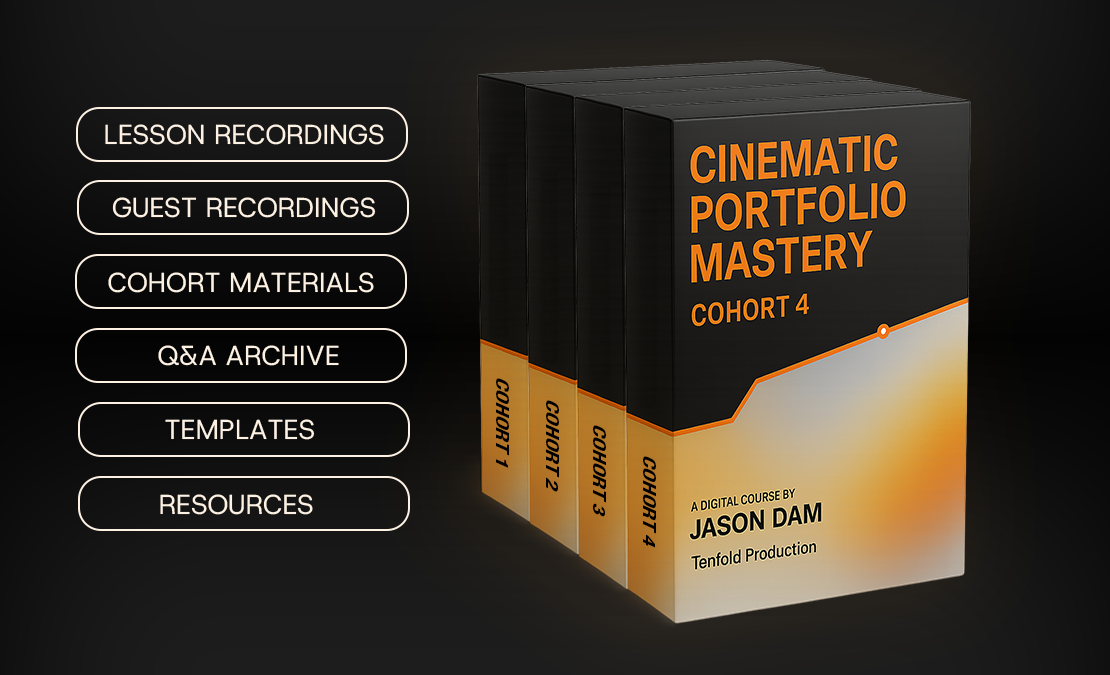
4 COHORTS OF PROVEN WORK
Study specs from past cohorts that booked brands. See what actually worked and why. Learn from real examples, not theory.

LOCAL FILMMAKER NETWORK
Connect with filmmakers in your local market. Find crew for your next shoot. Collaborate when budgets allow.

LIFETIME ACCESS TO RECORDINGS
Every lesson, live call, and office hour recorded. Access forever. Catch up on your own schedule.
CPM Tools & Templates

DIRECTOR'S TREATMENT TEMPLATE
Professional treatment formats that book brands and sells your vision

SHOTLIST SYSTEM
Shot planning templates for efficient production days
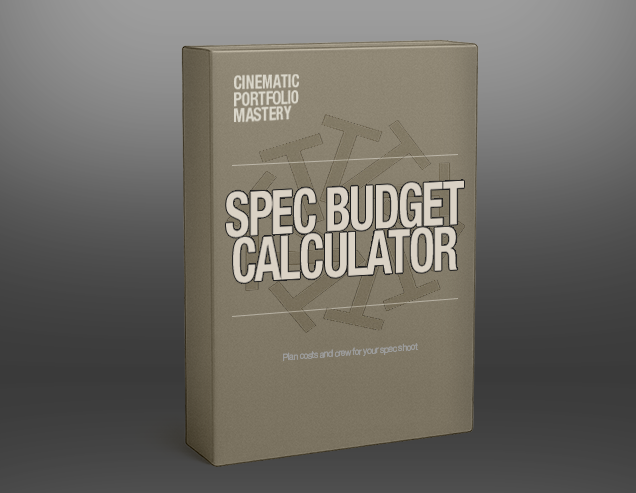
SPEC BUDGET CALCULATOR
Plan costs and crew for your spec shoot

CLIENT QUOTING TEMPLATES
Quote all of your spec and paid work using these templates
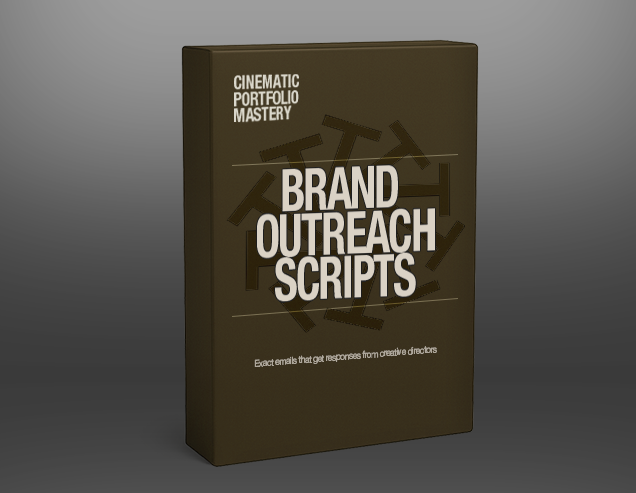
BRAND OUTREACH SCRIPTS
Exact emails that get responses from decision makers to leverage your spec work to land paid work
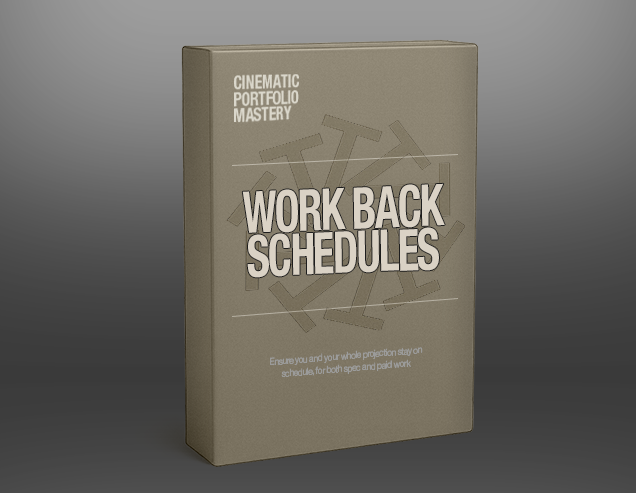
WORK BACK SCHEDULES
Ensure you and your whole production stay on schedule, for both spec and paid work
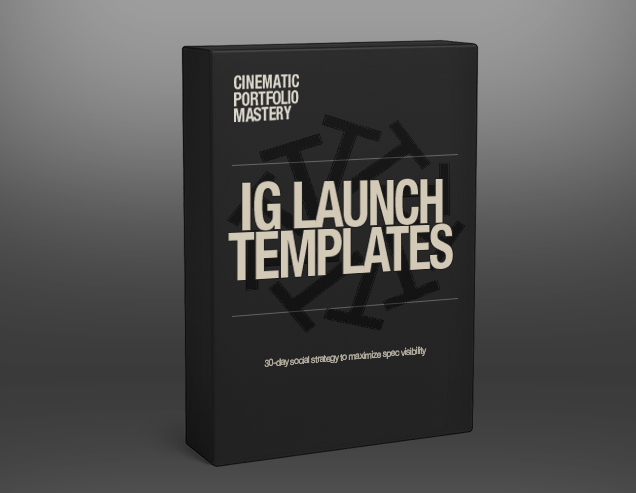
IG LAUNCH TEMPLATES
30-day social strategy to maximize spec visibility, branding strategies for IG

DIRECTOR'S REFERENCE LIBRARY
Understand what scale of projects exist and build your own reference library by genre and format
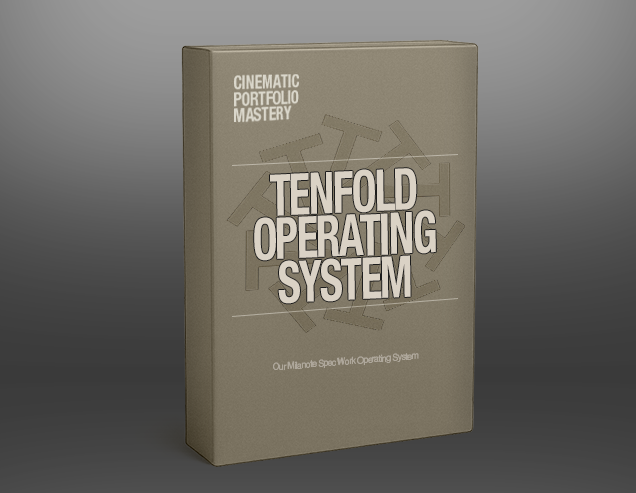
TENFOLD OPERATING SYSTEM
Our Milanote Spec Work Operating System - Build your project and stay organized from concept to delivery

TENFOLD TECH STACK
Breakdown of every program and tool we use to run our business
Why Cinematic Portfolio Mastery Works When Other Programs Don’t
You might be wondering:
What makes these results possible when so many programs fail?
THIS PROGRAM
IS PERFECT FOR:
This Program
Is NOT For:
your investment
OUR 90-DAY MONEY-BACK GUARANTEE
Complete all 7 core modules.
Fill out your Milanote operating system.
Shoot your spec.
Do those three things, and if you're not satisfied with CPM, email us within 90 days of purchase. We'll refund your entire investment. No questions asked.
We can make this guarantee because we know the system works, but only if you actually execute it.
FAQ
Frequently Asked Questions
$997 USD full payment, or $347 USD/month for 3 months.
No hidden costs. Lifetime access to everything.
The full CPM system from start to finish:
Main Course Modules:
1.0 Access Audit
2.0 Story Discovery
3.0 Find Your Pillar
4.0 Map The Arc
5.0 Pre-Viz
6.0 Execute
7.0 Ship It
Bonus Courses:
• Rates Negotiation
• Growth Marketing
• Career Direction
• Advanced Post Production
Plus:
• Worksheets for every stage
• Private community access (post your work, get feedback from the Tenfold team)
• Monthly live Q&A calls with Jason (all recorded if you miss them)
• Lifetime access to all materials and updates
The outcome: One finished, brand-ready spec and the system to repeat it.
No. That's exactly why you need this now.
If you're stuck at the same budget range for months or years, waiting won't fix it. You need a finished spec that fits a real buyer. The longer you delay learning how to build spec work between paid jobs, the longer you stay stuck.
Busy people need systems. CPM teaches you how to plan and execute spec efficiently so you're not winging it every time. Once you learn the process, you can repeat it in 3-8 weeks while working your regular gigs.
3-5 hours per week if you're moving at a steady pace. 5-15 hours per week if you want to move faster.
The course is fully self-paced. Watch the lessons, complete the worksheets, build your spec on your schedule. No required live calls. We do one monthly live Q&A with Jason where you can ask anything.
Most students finish their first spec in 6-10 weeks because they're learning the system. Once you know it, future specs take 3-8 weeks start to finish.
Yes. Students who follow the system finish specs and land work.
Real outcomes from past cohorts:
• Phil went from $1,500 wedding work to $7,500 brand campaigns
• Nate and Casey jumped from $2,000-$3,500 projects to $15k+ budgets
• Specs leading directly to client conversations within 2-4 weeks of finishing
• Students landing their first agency work after years of grinding solo
The common thread: They shipped a finished spec that fit a real buyer. Once you have proof that fits, conversations change.
CPM is built for transitioning filmmakers (1+ years of experience) who are tired of the work they're doing and want to land bigger brand clients.
You should be comfortable with your camera and basic light setups. This is not for pure beginners just starting out (0-1 year).
Skill level: Students range from filmmakers with basic gear to experienced shooters with full cinema rigs. The system works regardless of where you're starting. You're learning a process, not trying to match someone else's budget.
Style: Documentary, commercial, narrative, weddings, events - doesn't matter. CPM teaches a system, not a style. You bring your taste and direction. We teach you how to package it, plan it, and ship it so it fits a buyer.
You get direct access to Jason and the Tenfold team in the private community chat. Post your pre-viz, ask questions, share your edits, get feedback.
Monthly live Q&A calls with Jason. Ask anything. All calls are recorded if you can't make it live.
We don't offer separate 1:1 calls, but you're not figuring this out alone. The community keeps you moving.
Yes. We offer a 3-month payment plan at $347/month. Select the payment plan option at checkout.
Still have questions?
Email us at hello@tenfoldfilmmaker.com
Ready to join CPM?
get the system todayYou’ve Done the Work.
NOW BREAK THROUGH.
You've shot client projects.
Delivered edits.
Stayed busy for years.
But you're stuck at the same rates. The same type of work. The same results.
The filmmakers booking $10K+ projects aren't better than you.
They just have proof you don't.
One finished spec that fits a brand and shows you can do the work.
You can build yours in the next 10 weeks.
Or you can wait another year hoping it gets easier.
Protected by our 90-day money-back guarantee.
